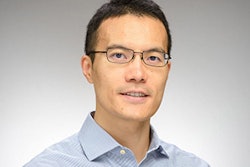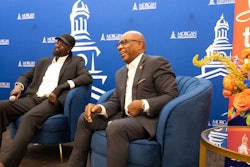In the United States and Mexico, private, for-profit institutions clearly seem to possess an appeal for a growing number of underserved individuals, particularly women, minorities and older students. Scholars say the reasons students are drawn vary, from the targeted marketing to the quick access credentials from the schools provide to jobs.
“The issue of diversity and access is really important,” said Dr. Kevin Kinser, an associate professor in the department of educational administration and policy studies at the University of Albany, who spoke about the growth of private higher education at the recently concluded 52nd Annual Conference of the Comparative & International Education Society at Teachers College of Columbia University in New York.
He acknowledged that the research into this subject is just beginning to take shape. “More attention needs to come to this notion of what it is that for-profits are doing that is attractive to minority populations,” Kinser said. “One explanation is that they tend to locate their campuses in urban environments or in areas which are more accessible to minority populations.
“I don’t think that explains the whole thing,” he added. “They really do target students and I’d love to see the data on this. They’ve recognized a need. I would love to see the numbers to find out what percentage of these students in the for-profit sector have tried community colleges and local public colleges and were not successful. Maybe they got lost in the crowd or they’re first generation and didn’t understand what to do. For-profits are much smaller institutions. Maybe that personal contact and attention is quite important for these students.”
Over the past decade there has been substantial growth in Mexico in this private sector. Dr. Juan Carlos Silas, a professor at the Universidad de Monterrey, said 33.1 percent of students in four-year programs and 45.5 percent of those pursuing graduate education are attending what he called demand-absorbing institutions.
Financial constraints prevent public institutions from enhancing their intake of qualified students. Silas, who directs the Interdisciplinary Center for the Study of Quality of Education and Eradication of Poverty, said thus far his research shows that student choices are driven by access to the job market, and they choose programs related to the more dynamic sectors of the economy such as business, communications and services.
“They’re not choosing based on the quality of learning,” he said. “They’re looking for a licensed institution that provides the appropriate credentials for joining the job market at an affordable price.”















